Imagine wandering through a tide pool, your eyes tracing the mysterious shapes hidden in the sand and seaweed. Suddenly, a shell moves—not with the gentle push of a wave, but with purposeful intent. It’s not a shell at all, but a crab carrying its home on its back, sometimes flaunting a flamboyant collection of decorations. There’s something both comical and deeply ingenious about these creatures. They are nature’s tiny architects, scavengers, and even artists, transforming found objects into portable shelters and personal statements. Their lives are a fascinating blend of vulnerability and creativity, capturing the imaginations of scientists and nature lovers alike.
The Ingenious Hermit Crab Lifestyle
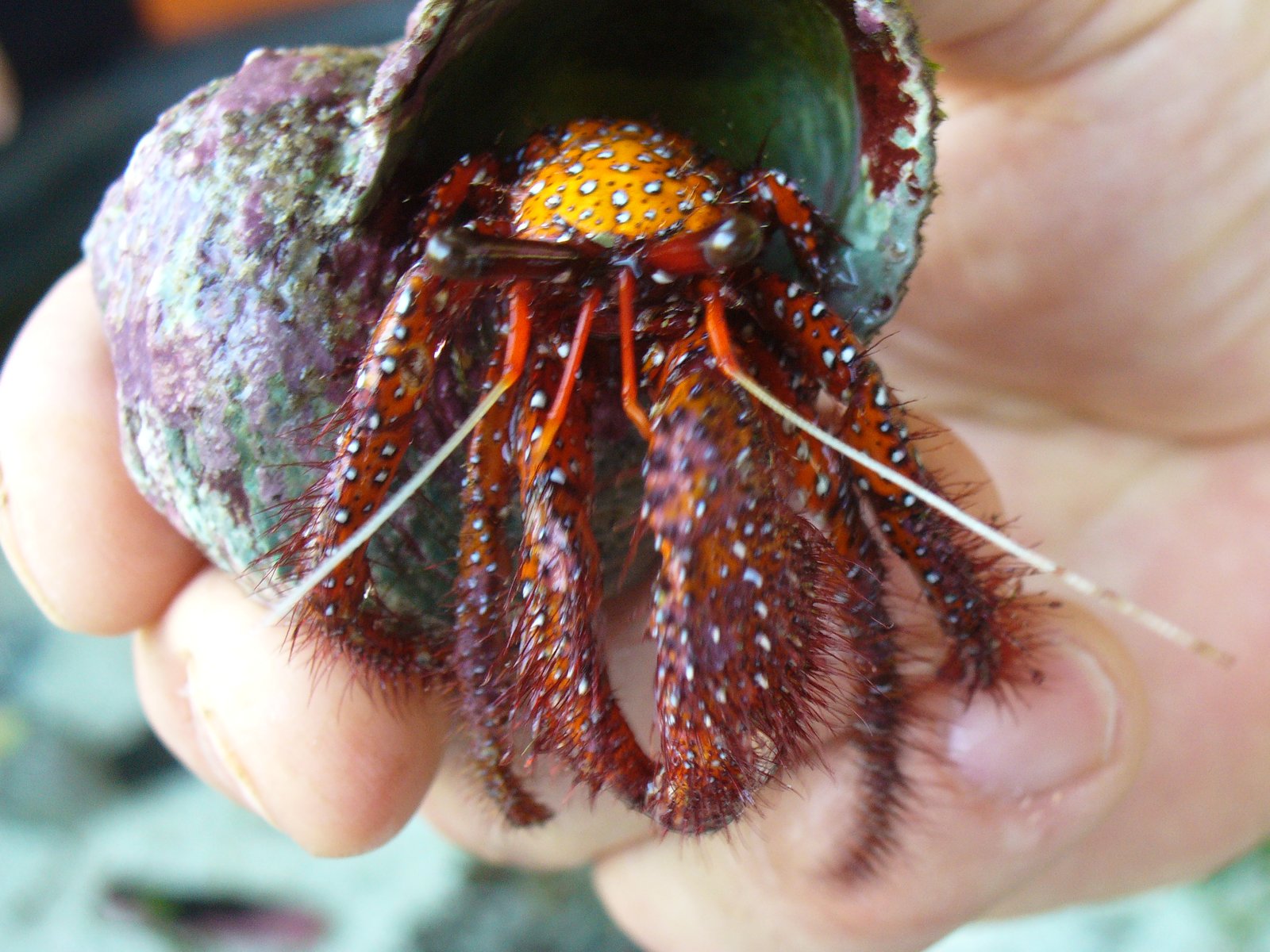
Hermit crabs are perhaps the most iconic of all crabs that carry their homes. Unlike true crabs, their soft, spiral abdomens need protection, so they seek out empty snail shells as ready-made shelters. These crabs don’t just settle for any shell—they’re picky, inspecting potential homes with their sensitive antennae before making a choice. When they find the right fit, they slip inside, anchoring themselves with specialized appendages. This mobile home offers both refuge from predators and a way to avoid the harsh elements. The sight of a hermit crab lugging a shell twice its size is both amusing and humbling, a reminder of nature’s creative solutions to survival.
Shell Shopping: A Life-Long Quest
For a hermit crab, finding the perfect shell is a lifelong pursuit. As the crab grows, its current shell becomes cramped and uncomfortable. This triggers a frantic search for a new, larger shell—a task that sometimes sparks crabby conflicts. Groups of hermit crabs may gather around a desirable shell, forming a “vacancy chain” where each crab waits for the next size up. The moment one crab upgrades, others quickly trade shells, like a living game of musical chairs. This delicate dance ensures everyone is protected, but it’s a stressful and competitive process, making each shell swap a high-stakes event in a crab’s life.
The Art of Decoration: Nature’s Masterpiece
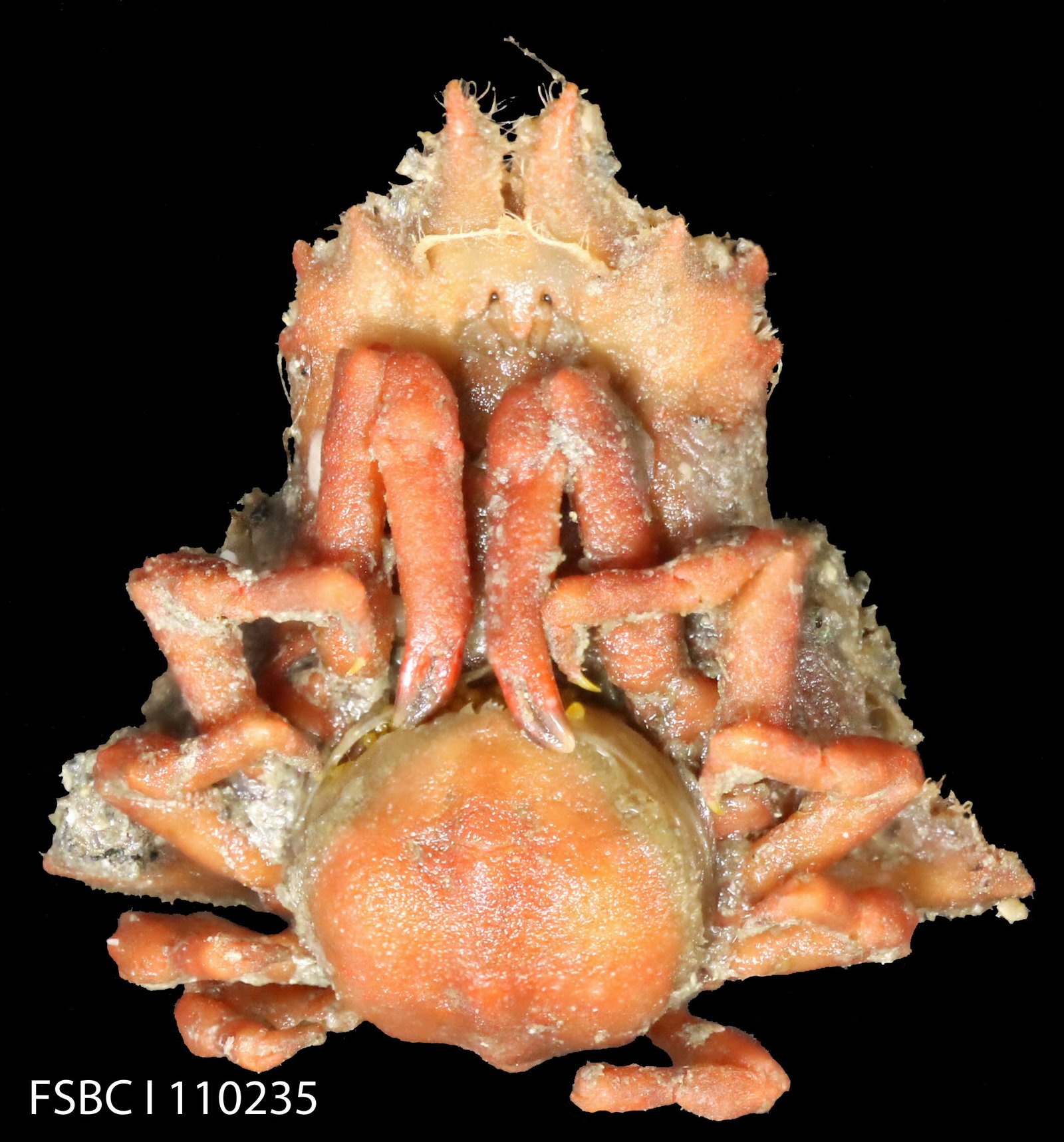
Some crabs take their homes a step further by decorating them—a behavior most famously seen in decorator crabs. These crafty creatures select bits of seaweed, sponges, and even tiny shells, attaching them with hooked setae that act like Velcro. The result is a walking collage that blends seamlessly with the surrounding environment. But decoration isn’t just about camouflage; it’s also about expression. Some crabs seem to prefer certain colors or textures, suggesting there’s more to this behavior than pure survival. Watching a decorator crab at work is like seeing a tiny artist meticulously assemble its masterpiece, one scrap at a time.
Camouflage and Survival Strategies
For crabs that decorate their shells, blending in can mean the difference between life and death. Predators such as fish and octopuses prowl the reefs, and a crab without camouflage is an easy meal. By affixing algae, coral, or even toxic sea anemones to their shells, decorator crabs become nearly invisible in their habitat. This clever disguise isn’t foolproof, but it dramatically reduces their chances of being spotted. It’s a testament to evolution’s ingenuity that these animals have learned to turn their environment into a shield, adapting and surviving with every scrap they can find.
Borrowed Homes: A Never-Ending Shortage

The shells hermit crabs use don’t regenerate or grow with them—they’re the abandoned homes of snails and other mollusks. This means that the availability of suitable shells is a constant concern. In some areas, shell shortages can lead to fierce competition, with crabs fighting or even stealing shells from one another. In recent years, human activity and ocean pollution have made shells even scarcer. Some crabs have been found inhabiting bottle caps, plastic debris, or other man-made objects when no natural shells are available. This resourcefulness is both inspiring and sobering, highlighting the delicate balance these creatures must navigate.
Species Spotlight: The Decorator Crabs
Decorator crabs belong to several families, but they all share the unique habit of accessorizing their shells and bodies. The most famous among them is the spider decorator crab, which uses its long, thin legs to place decorations with remarkable precision. Other species might favor certain types of algae or sponges, sometimes even cultivating them on their shells. This behavior can also offer extra benefits, such as chemical defenses or deterrents against predators. Each species has its own style, making the world of decorator crabs as diverse as any art gallery.
Mutual Benefits: Symbiotic Relationships
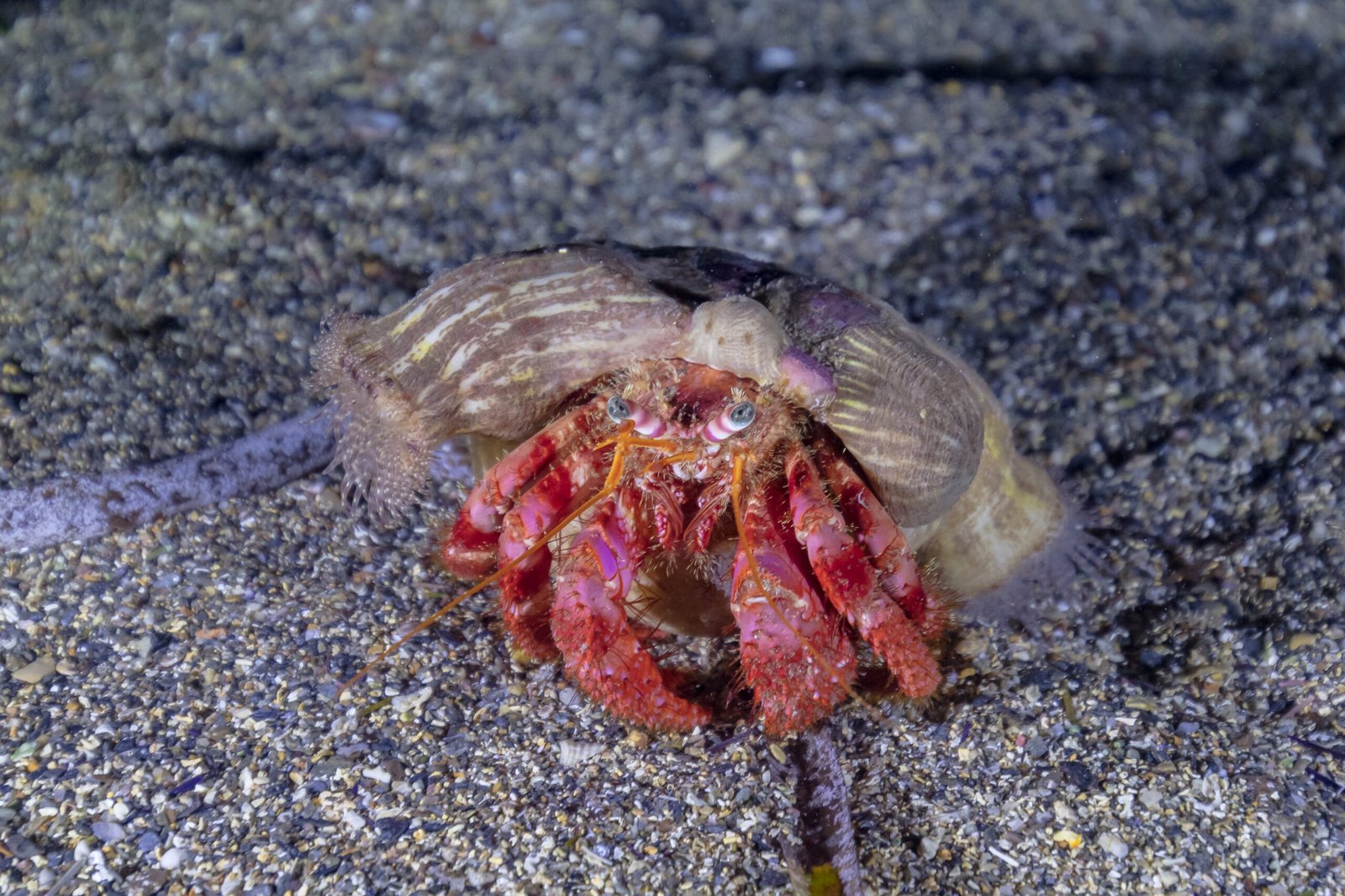
It isn’t just the crabs that benefit from their decorated homes—sometimes, their roommates do too. For example, a hermit crab might attach a sea anemone to its shell. The anemone’s stinging cells deter predators, while the crab’s mobility brings the anemone to new feeding grounds. This mutualistic relationship is a win-win for both creatures. Similarly, algae growing on a crab’s shell can provide camouflage for the crab and a steady home for the algae. These partnerships showcase the interconnectedness of life beneath the waves, where survival often means working together.
Behavioral Adaptations: More Than Instinct

The behaviors of hermit and decorator crabs aren’t just hardwired instincts—they show surprising flexibility and learning. For instance, hermit crabs have been observed inspecting shells for hidden dangers or damage before moving in. Some decorator crabs adjust their decorations based on changes in their environment, adding more camouflage when predators are nearby. These subtle choices suggest a level of awareness and problem-solving that is rare among invertebrates. It’s a humbling reminder that intelligence comes in many forms and can be found in the most unexpected places.
Crabs in Culture: Symbols of Resilience
Throughout history, crabs have fascinated people with their quirky behavior and adaptability. In some cultures, crabs symbolize protection, resilience, and adaptability—qualities embodied by their shell-carrying, home-decorating ways. Their ability to transform discarded shells and scraps into safe havens mirrors human creativity and resourcefulness. Whether featured in art, folklore, or even as pets, these crabs inspire a blend of admiration and amusement. They remind us that sometimes, the most incredible stories are hidden in the smallest creatures.
The Future of Shell-Bearing Crabs
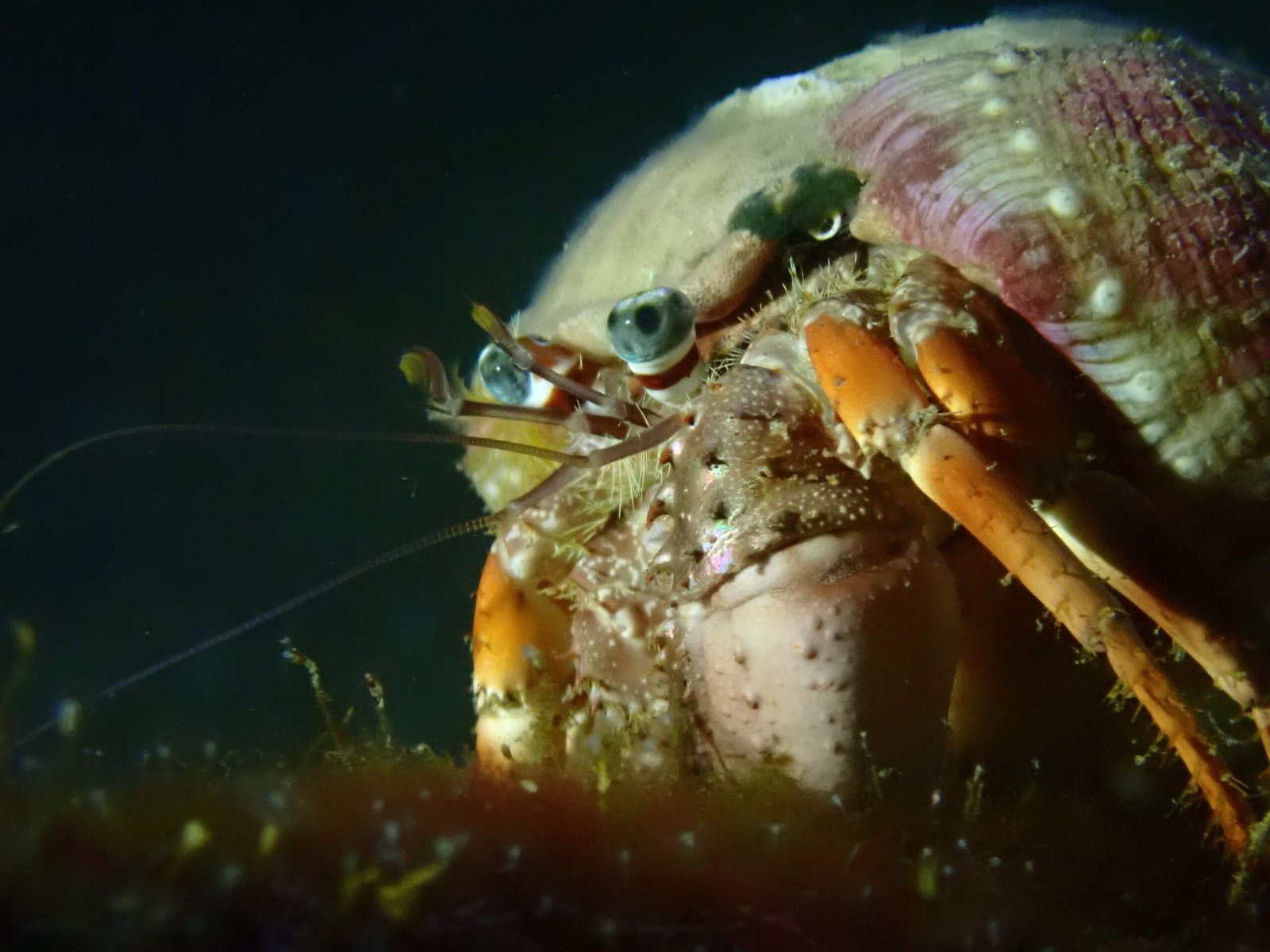
As oceans change and human activity continues to impact marine life, the future for hermit and decorator crabs is uncertain. Pollution, habitat loss, and climate change all threaten the delicate balance these crabs rely on. Conservation efforts are underway in some areas, focusing on protecting habitats and reducing plastic waste. Every shell and scrap matters to these animals, and preserving their world means safeguarding the intricate web of life they depend on. Their resilience gives hope, but they need space and resources to continue their age-old dance of survival and creativity.
Endless Wonder in Tiny Packages
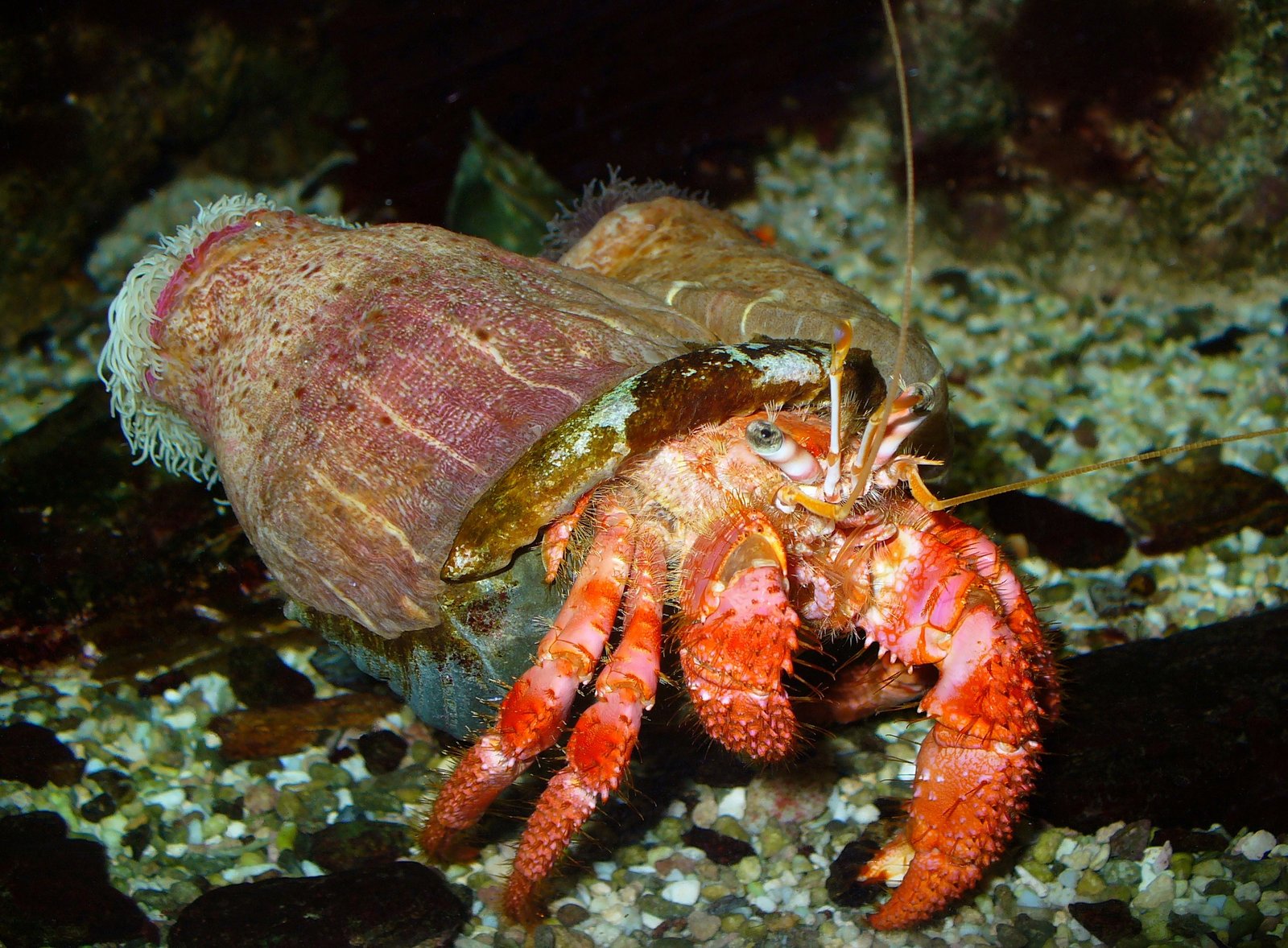
Hermit and decorator crabs are far more than quirky curiosities of the seashore. They are masters of adaptation, ingenuity, and art, turning the ordinary into the extraordinary. Watching a crab select, carry, and decorate its home is a window into the wonders of evolution and the enduring power of creativity in nature. The next time you spot a moving shell on the beach, pause and marvel at the life within. What other secrets might these small architects be hiding, just beneath the surface?



